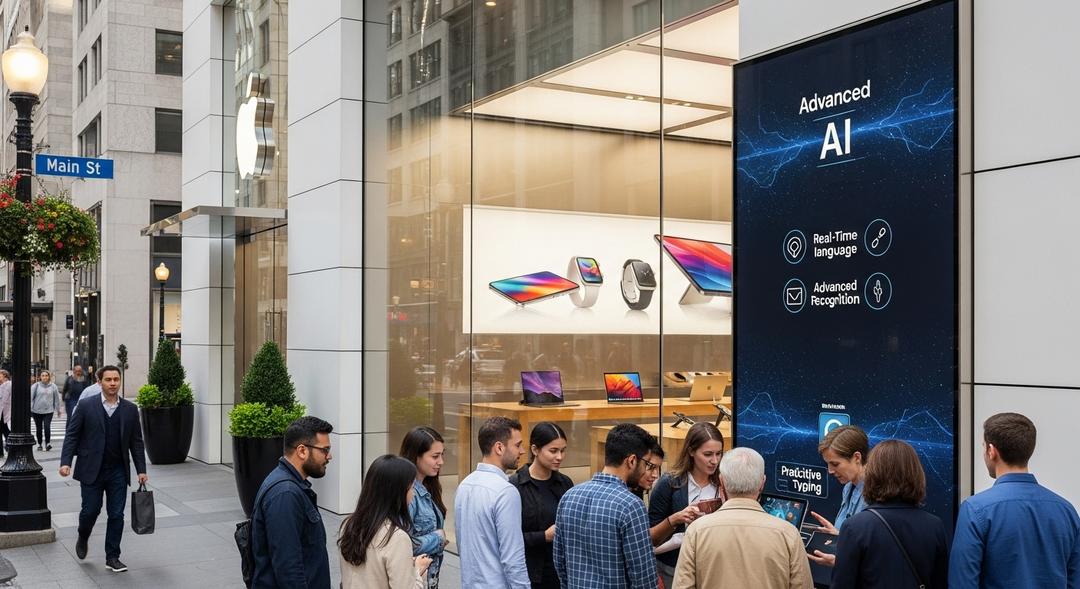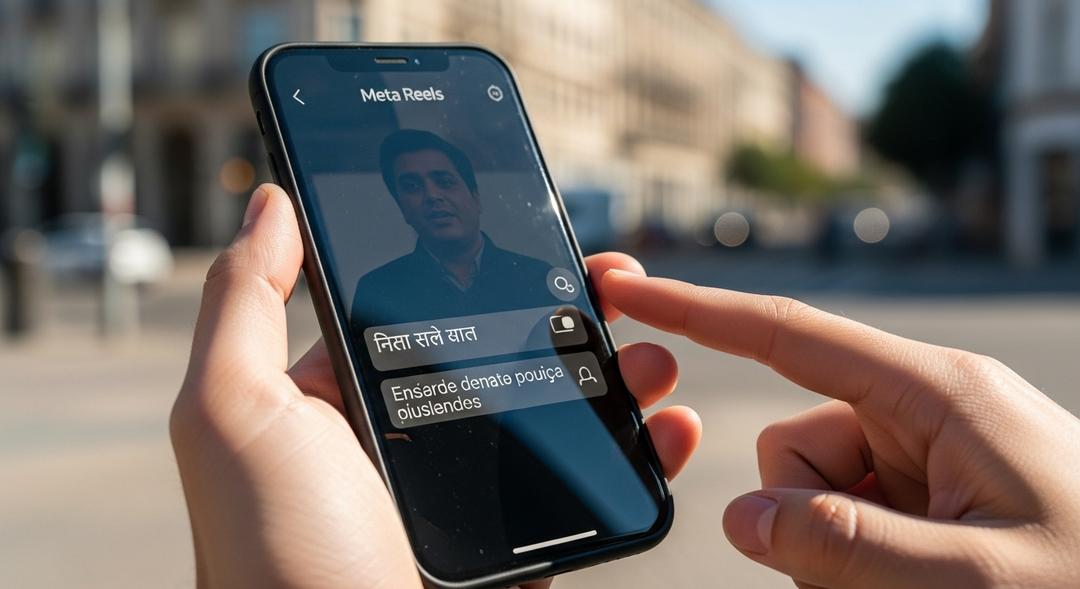OpenAI is shaking up the way we use apps, making it possible to book trips, design graphics, and curate music right within ChatGPT.
No app switch required.
This update has some calling ChatGPT the next big app platform, a challenger to the likes of Apple’s iconic App Store. Suddenly, a world perched on the edge of a ChatGPT-driven future no longer feels far away, especially with its eight hundred million weekly active users.
Yet, Apple looms large over this conversation—not just for numbers, but for the iPhone’s grip on over one and a half billion users worldwide. Apple knows that the old way of tapping little icons to summon an app is starting to feel old-fashioned, and it is plotting a bold shift.
Instead of making us abandon our favorite apps, Apple wants to push the app icon into the background without erasing the app itself. The company’s plan centers around giving Siri some real AI smarts, putting a supercharged voice assistant front and center. Apple showed off its vision last year and, as usual, the details are still mostly under wraps.
People want less effort—more talking, less tapping.
Right now, finding an answer using a chatbot or smart speaker is often faster than hunting for an app, or wading through a mess of search results on the web. This is why so many are now just asking their earbuds for a playlist or telling their smart assistant to check reviews for a movie. For a growing crowd, interacting with AI is already becoming the go-to solution.
Inside ChatGPT’s New App Experience
OpenAI’s approach, while seamless for the enthusiast, is still very much defined by its own rules. Using an app inside ChatGPT means structuring your question just right, naming the app properly, and occasionally getting stranded if you get anything wrong. Early users report that one missed detail can leave them staring at a blank screen.
ChatGPT’s app feature is stuck inside the same chat-style window and makes users jump through some hoops. You need to install each app, connect your account, enter passwords, and sometimes complete extra authentication steps.
After setup, yes, it’s handy—you could make a Spotify playlist just by asking, then play it with a tap. Apple’s planned overhaul for Siri promises a strikingly similar experience, with voice or text used to instruct your apps directly.
Some hurdles remain for OpenAI. You can only work within one app at a time. The familiar look and feel—the branding—of each app tends to disappear. For some, that’s a relief. Others say it hinders usability. Sometimes, the traditional app is still the easier path.
The real question is whether this is the future people want, or if they’re just waiting for Apple to catch up.
Apple, for its part, is ramping up. At its recent developer conference, the company demonstrated how developers could make use of AI features in their apps with almost no effort. Apps that use Apple’s SiriKit would immediately benefit, letting users instruct the app through plain conversation.
“Developers who are already using these frameworks will see improvements out of the box,” an Apple spokesperson explained.
Categories like notes, media, payments, reservations, and workouts are up first. Siri will be able to call up any menu item or take actions inside these apps by voice, so saying something as simple as “FaceTime Mom” really will get that call started.
Developers are already making use of tools that tie apps more tightly to the iPhone’s system features, from widgets to visual search. Apple also has the advantage of running its own operating system and owning the App Store, which means it doesn’t have to rely on third-party adoption to make upgrades happen.
OpenAI still faces slow adoption by developers, and its app ecosystem is mostly limited to a handful of partners.
Word is, Apple’s own AI features—capable, private, and highly compatible—are nearly ready for prime time.
Whether ChatGPT can disrupt the current order, or if Apple will simply evolve quickly enough to stay on top, remains the central mystery as the race heats up in the evolving app ecosystem.








